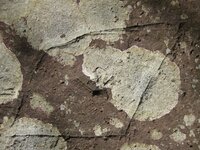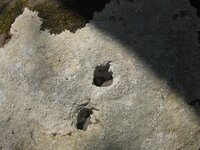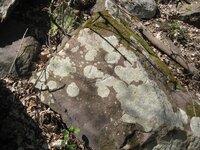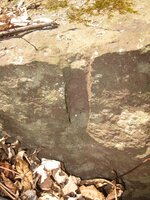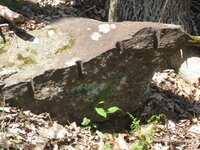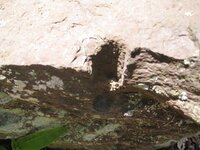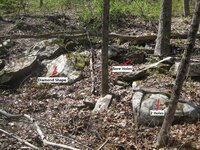UncleMatt
Bronze Member
- Jul 14, 2012
- 2,389
- 2,531
- Detector(s) used
- Garrett Infinium & Gold Bug II, Bazooka Super Prospector Sluice
- Primary Interest:
- All Treasure Hunting
oh Uncle Matt Wish You Where Here
I'm around Eve, what do you need?
I also want to point out that while I am an enamored with drill holes as anyone here, many larger holes may have been drilled in the rock by natural erosion processes. I have found many almost perfectly round holes in sold granite all over the mountains around Durango. But they are produced by rocks spinning in place in water currents, not by man's efforts. I think small drill holes that have obviously been produced by a steel tool are always worth noticing, but often when I see larger holes that could never have been made by a drill, I recognize they are probably naturally produced. You also have situations where fairly round stones are trapped in a sediment matrix and then compressed into a new rock. When the rock inside erodes out of that matrix, it will often leave a fairly round hole behind that can often look man made. Even on stone where the holes are not vertical, geological processes often turn strata and rock on its side. So the hole get produced in the rock in a river or creek bed, and then the stone is moved to a new location, or into a new orientation, by natural geological processes. Just my two cents.
Amazon Forum Fav 👍
Last edited:


